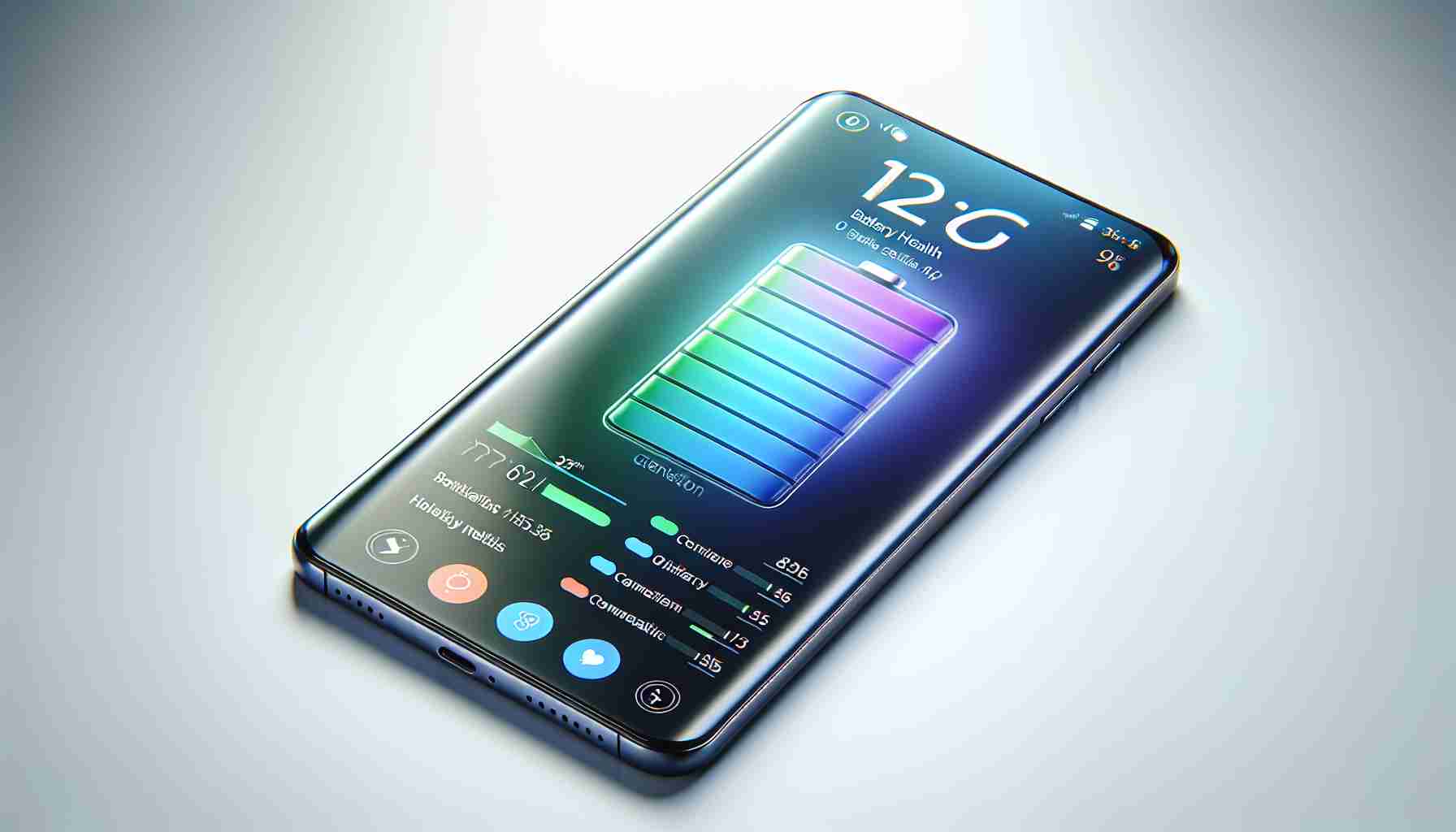Apple is revolutionizing the way battery health is communicated to iPhone 15 users with the release of iOS 17.4. This update aims to provide a clearer understanding of battery status at a glance. In the Battery section of the Settings app, users will now find a battery health readout, such as “Normal,” without the need to tap into the Battery Health & Charging section.
Previously hidden in the General > About section, key battery information, including the battery cycle count, manufacture date, and first use, can now be accessed simply by tapping on the battery health readout on an iPhone 15.
The Charging Optimization section remains unchanged, offering users the same settings to preserve battery health. Optimized Battery Charging, for instance, limits the amount of time the battery remains at a full 100 percent charge by learning usage habits. Additionally, users have the option to limit charging to 80 percent for further battery preservation, and a toggle to disable optimized charging altogether.
It’s important to note that these battery health reporting enhancements are exclusive to the iPhone 15 models, including iPhone 15, iPhone 15 Plus, iPhone 15 Pro, and iPhone 15 Pro Max. Older iPhone models will not experience any changes to their battery settings.
By simplifying battery health reporting, Apple is empowering users to make more informed decisions about their device’s battery performance. These updates ensure that iPhone 15 users have the necessary information at their fingertips to optimize battery usage and prolong their device’s lifespan.
In conclusion, Apple’s iOS 17.4 brings a significant improvement in battery health reporting for iPhone 15 users. With an easily accessible battery health readout and detailed information, users can stay informed about their battery’s condition and take proactive steps to preserve its longevity.
FAQ – Battery Health Reporting on iPhone 15 Using iOS 17.4
Q1: What is the purpose of the iOS 17.4 update?
A1: The iOS 17.4 update from Apple aims to provide iPhone 15 users with a clearer understanding of battery status at a glance by improving battery health reporting.
Q2: Where can users find the battery health readout in the Settings app?
A2: Users can find the battery health readout in the Battery section of the Settings app without the need to tap into the Battery Health & Charging section.
Q3: What battery information can now be accessed easily on an iPhone 15?
A3: With the iOS 17.4 update, iPhone 15 users can access key battery information, including battery cycle count, manufacture date, and first use, simply by tapping on the battery health readout.
Q4: What remains unchanged in the Charging Optimization section?
A4: The Charging Optimization section remains unchanged and offers users the same settings to preserve battery health.
Q5: What is Optimized Battery Charging?
A5: Optimized Battery Charging is a feature that limits the amount of time the battery remains at a full 100 percent charge by learning usage habits. It is one of the options available in the Charging Optimization section.
Q6: Can users limit charging to a certain percentage?
A6: Yes, users have the option to limit charging to 80 percent in order to further preserve battery health. There is a toggle to disable optimized charging altogether as well.
Q7: Do these battery health reporting enhancements apply to older iPhone models?
A7: No, these battery health reporting enhancements are exclusive to the iPhone 15 models, including iPhone 15, iPhone 15 Plus, iPhone 15 Pro, and iPhone 15 Pro Max. Older iPhone models will not experience any changes to their battery settings.
Definitions:
– Battery health readout: The information displayed that indicates the current health status of the battery.
– Battery cycle count: The number of complete charge and discharge cycles a battery has undergone since its manufacture.
– Manufacture date: The date when the battery was manufactured.
– First use: The date when the battery was first used.
Related link:
– Apple (official website)
The source of the article is from the blog be3.sk
